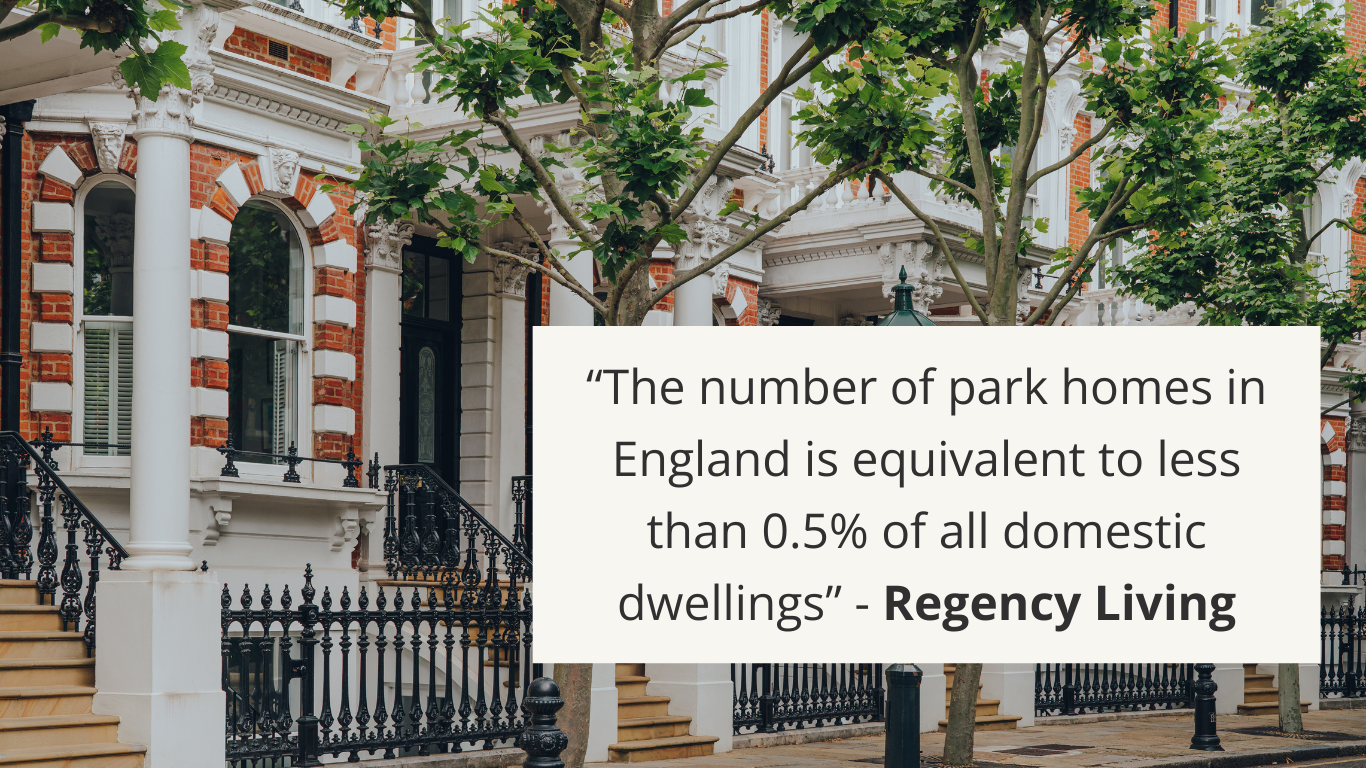

Oliver Chapman, CEO of OCI, a leading supply chain group and the UK’s fastest-growing company last year, comments on supply chain implications of the latest inflation data:
- Inflation data covering the UK, US and euro area is now out.
- The supply chain continues to adjust, but the euro area lags behind the US, and the UK appears to lag behind the euro area.
- But inflation will continue to fall; the only question mark relates to whether it will fall low enough to allow for lower-interest rates.
- Higher interest rates may lead to supply chains becoming more focused on local sources of supply.
Oliver Chapman says:
“UK inflation fell from 10.1 per cent in March to 8.7 per cent in April. In the US, seasonally adjusted inflation was 4.9 per cent, and in the euro area, it was 7.0 per cent.
“Month-on-month inflation was 1.2 per cent in the UK; this remained worryingly high and was the highest monthly rate since October last year. In the euro area month on month, inflation was 0.6 per cent; in the US, it was 0.4 per cent.
“However, three more data points are more important than the headline annual rate to give us the underlying story. We really need to focus on the month-on-month inflation rate, core inflation, and food inflation.
“Evidence of falling inflation is everywhere, but it is proving stickier in Europe, especially in the UK. The higher inflation rate in Europe is partially due to geographical proximity to Ukraine and Russia, meaning the UK and EU have been more adversely affected by oil and food supply chain issues caused by the Ukraine war.
“To an extent, food price inflation represents a second-round effect. At first, we saw energy inflation. This has now fallen, but the delayed impact of higher energy prices has helped push upwards on food prices. Indeed, next month and maybe the month after, food inflation could push the overall rate up before it falls significantly from current levels later in the year.
“But inflation is also exacerbated by labour shortages and unusual weather, including flooding in some areas and unusually high temperatures in others. Of course, it is important not to confuse weather with climate, but climate change may begin exerting inflationary pressure. If climate change has become an inflationary force, it is especially concerning as it is likely to worsen.
“On the other hand, a good indicator of the underlying inflation story is the price of lumber. Before inflation began to emerge, many observers pointed at the surge in lumber price as an indicator that inflation would rise. And they were right. However, the lumber price has since fallen dramatically and is now around a third of the price 14 months ago — although the price has risen slightly recently.
“It is clear inflation will continue to fall as supply chains adjust. My biggest concern relates to the risk that central banks are mistiming their monetary policy.
“Timing is everything, and I worry about poor timing. Whereas it can take 18 months for the full impact of a change in monetary policy to be felt, supply chain adjustments can take even longer.
“One consequence of the time lag between the UK, euro and US interest rate cycle has been the rise in the pound and euro against the dollar over the last six months or so. This is because markets expect the US rate to either peak or near peak. As a consequence, the dollar has fallen. By contrast, market expectations of further interest rate hikes in the UK have strengthened the pound.

”One supply chain implication of higher interest rates and thus higher cost of capital has been looking at ways of shortening the physical distances within a supply chain. For example, a product that is in transit represents tied-up capital. The longer this transit period, the greater the level of this tied-up capital.”









Comment